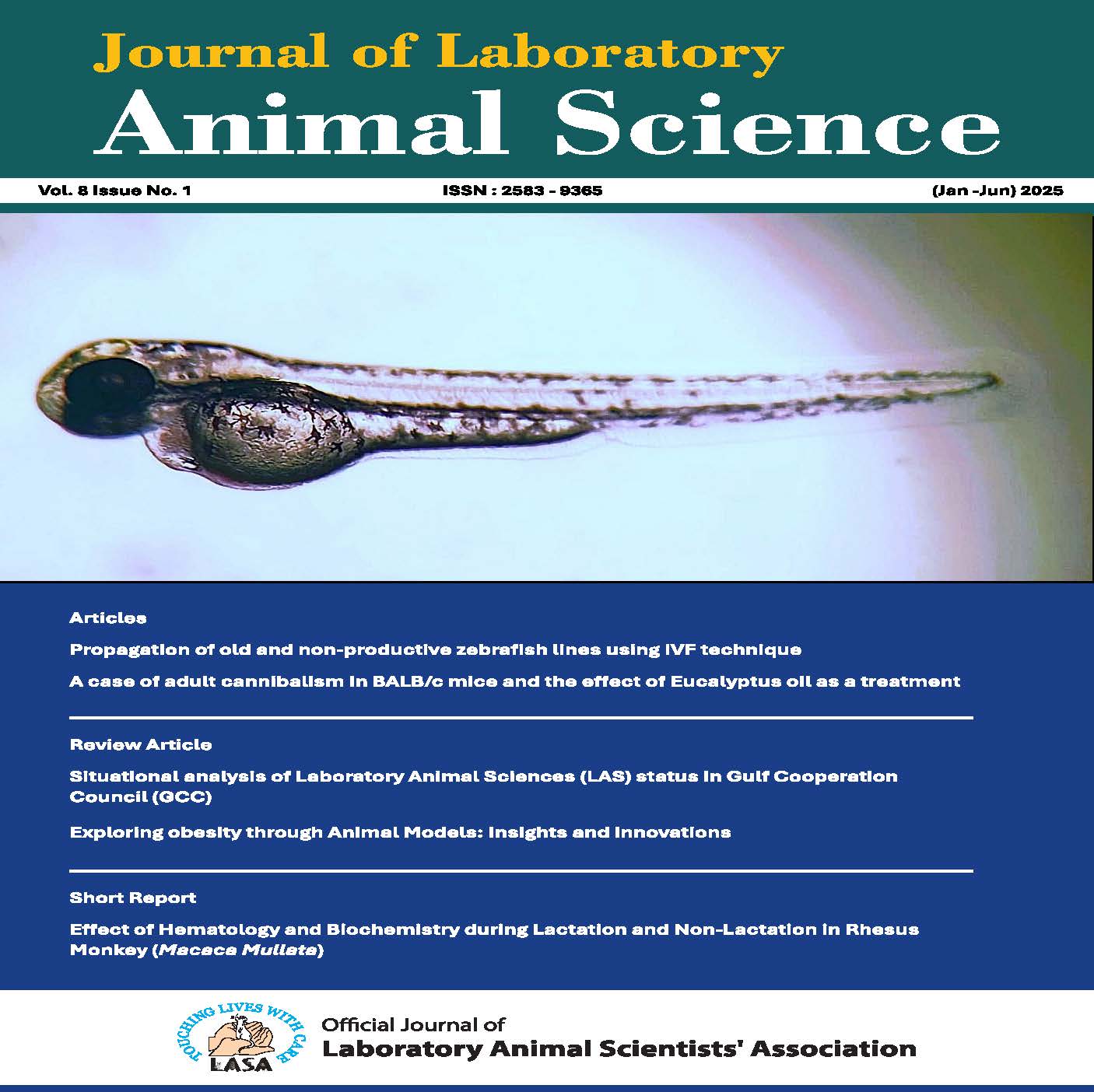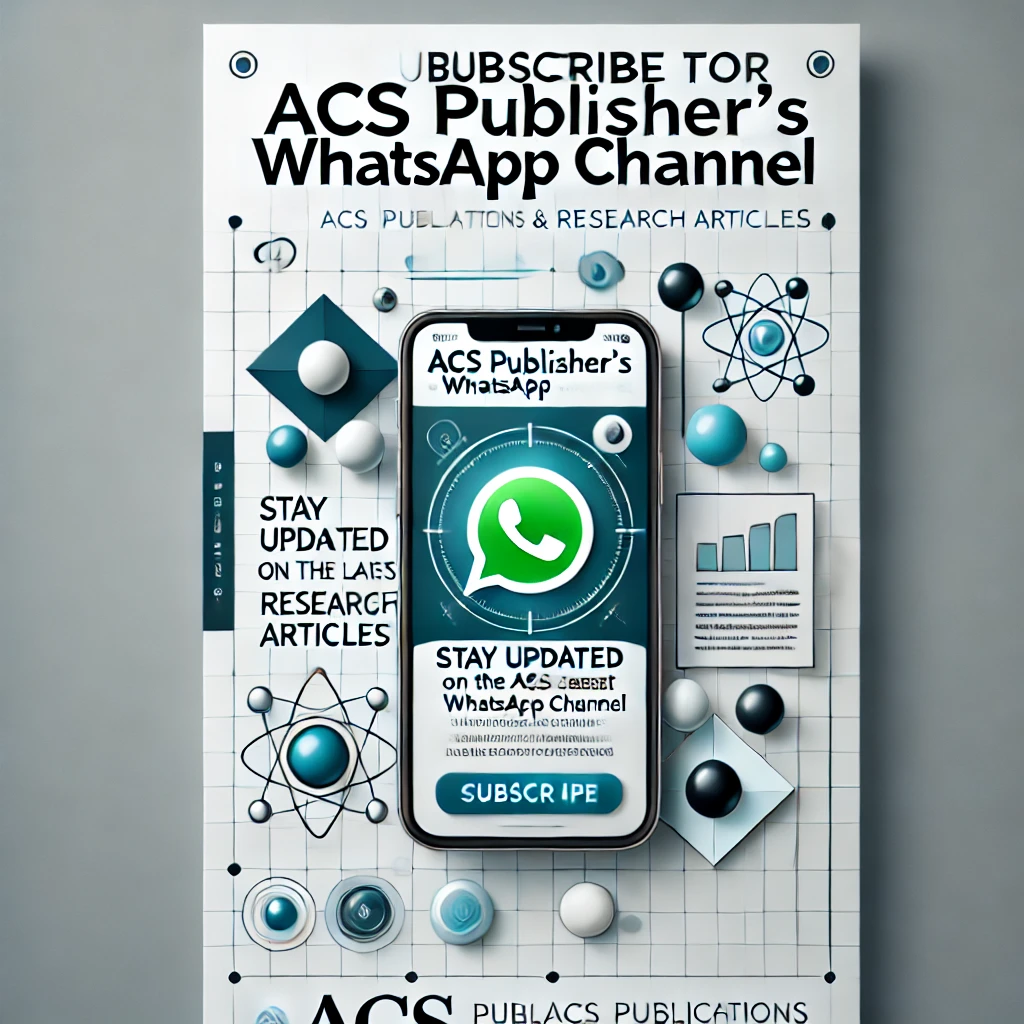Concurrent Mithicillin Resistant Staphylococcus aureus (MRSA) and Candida ocular infection in a BALB/c mouse: A case report
DOI:
https://doi.org/10.48165/jlas.2021.4.2.2Keywords:
Mouse, Ocular infection, Polymicrobial, MRSA, CandidaAbstract
Polymicrobial infections tend to be more complex and results in aggressive forms of diseases that often exhibit multi drug resistance and impact the therapeutic measures. Despite the severity of such infections, polymicrobial etiology represents a neglected concept in making a clinical diagnosis. In present report, we describe a case of ocular infection associated with Staphylococcus aureus and Candida albicans in a female BALB/c mouse. This report not only underscores the importance of polymicrobial infection but also highlights the occupational risk of methicillin-resistant Staphylococcus aureus to research and animal care personnel’s in animal research facility
Downloads
References
1. Arendrup M, Horn T, Frimodt-Moller N (2002). In vivo pathogenicity of eight medically relevant Candida species in an animal model. Infection 30: 286–291.
2. Carlson E (1983). Effect of strain of Staphylococcus aureus on synergism with Candida albicans resulting in mouse mortality and morbidity. Infect. Immun. 42: 285- 292.
3. Goetghebeur M, Landry PA, Han D, Vicente C (2007). Methicillin-resistant Staphylococcus aureus: a public health issue with economic consequences. Can. J. Infect. Dis. Med. Microbiol. 18: 27–34.
4. Hamada Y, Okuma R, Katori Y, Takahashi S, Hirayama T, Ichibe Y, Kuroyama M (2013). Bibliographical investigation (domestic and overseas) on the treatment of endogenous Candida endophthalmitis over an 11 year period. Med. Mycol. J. 54: 53-67.
5. Jarvis JD (1973). Collection of specimens for culture. In: Basic clinical bacteriology. London: Butterworth. pp. 159.
6. Jayshree, Singh VK, Kumar A, Yadav SK (2016). Prevalence of methicillin resistant Staphylococcus aureus (MRSA) at tertiary care hospital of Mathura, India. Progressive Research–An International Journal 11 (Special-VIII): 5495-5498.
7. Kunimoto DY, Das TP, Sharma S, Jalali S, Majji AB, Gopinathan U, Athmanathan S, Rao TN (1999). Microbiologic spectrum and susceptibility of isolates: part I. Postoperative endophthalmitis. Am. J. Ophthalmol.
128: 240-242.
8. Ley AP and Sanders TE (1956). Fungus keratitis: a report of three cases. Arch. Ophth. 56: 257-264.
9. Mitsui Y, Hanabusa J (1955). Corneal infections after cortisone therapy. Brit. J. Ophth. 39: 244-250.
10. Motukupally SR, Nanapur VR, Chathoth KN, Murthy SI, Pappuru RR, Mallick A, Sharma S (2015). Ocular infections caused by Candida species: type of species, in vitro susceptibility and treatment outcome. Indian J. Med. Microbiol. 33: 538-546.
11. Needham JR, Cooper JE (1975). An eye infection in laboratory mice associated with Pasteurella pneumotropica. Lab. Anim. 9: 197-200.
12. Palestine RF, Su WPD, Liesegang TJ (1983). Late-onset chronic mucocutaneous and ocular candidiasis and malignant thymoma. Arch. Dermatol. 119: 580-586.
13. Safneck JR (2012). Endophthalmitis: a review of recent trends. Saudi J. Ophthalmol. 26:18-19.
14. Saunders LZ (1967). Ophthalmic pathology in rats and mice. In: Pathology of laboratory rats and mice, Ed: E. Cotchin, F.J.C. Roe, Oxford & Edinburgh: Blackwell, pp. 349-371.
15. Shelite TR, Saito TB, Mendell NL, Gong B, Xu G, Soong L, Valbuena G, Bouyer DH, Walker DH (2014). A hematogenously disseminated Orientia tsutsugamushi infected murine model of scrub typhus. PLoS Negl. Trop. Dis. 8(7): e2966.
16. Staib F, Geier R (1971). Proteolysis products of Candida albicans as a substratum for growth of Staphylococcus aureusa preliminary report. Zentralbl. Bakteriol. Mikrobiol. Hyg. Abt. Orig. A 218: 374-375.
17. Staib F, Grosse G, Mishra SK (1976). Staphylococcus aureus and Candida albicans infection. Zentralbl. Bakteriol. Mikrobiol. Hyg. Abt. Orig. A 234: 450-461.
18. Therese KL, Bagyalakshmi R, Madhavan HN, Deepa P (2006). In-vitro susceptibility testing by agar dilution method to determine the minimum inhibitory concentrations of amphotericin B, fluconazole and ketoconazole against ocular fungal isolates. Indian J. Med. Microbiol. 24: 273-279.
19. Udegbunam SO, Udegbunam RI, Anyanwu MU (2014). Occurrence of staphylococcal ocular infections of food producing animals in Nsukka Southeast, Nigeria. Veterinary Medicine International http://dx.doi.org /10.1155/2014/528084
20. Yadav R, Singh VK, Kumar A, Yadav SK (2016). Characterisation of antibiogram and some virulence attributes in methicillin sesistant Staphylococcus aureus (MRSA) of canine origin. Indian J. Comp. Microbiol. Immunol. Infect. Dis. 37(2):92-97.
21. Young C, Hill A (1974). Conjunctivitis in a colony of rats. Laboratory Animal 8: 301-304.

